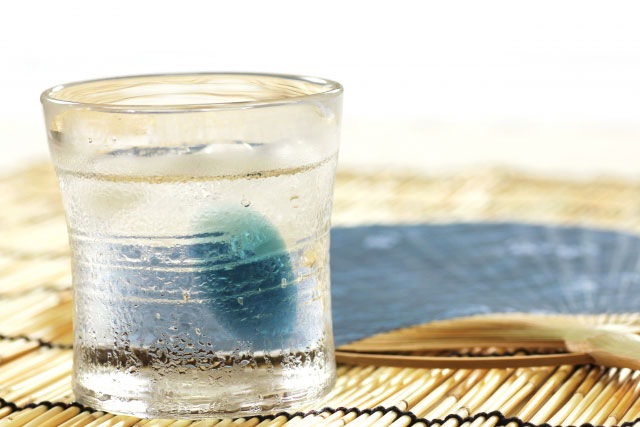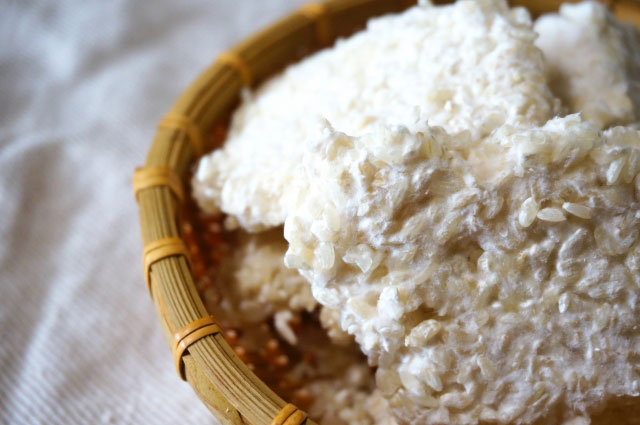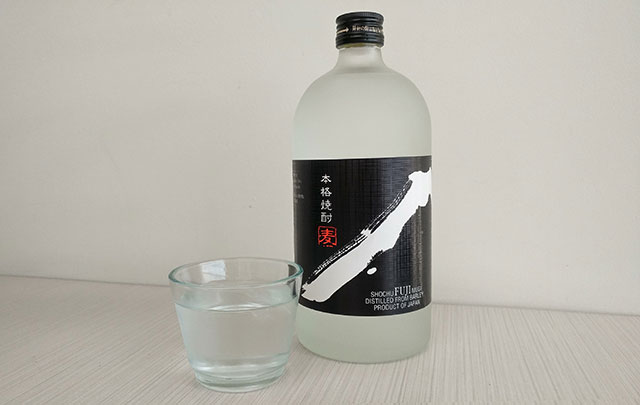
Vodka. Whiskey. Gin. Tequila. Rum. Shochu.
Some of the most famous liquors in the world are the distilled alcohols of fermented grains, vegetables and herbs.
And Japan’s shochu is easily one of the most enjoyable and drinkable of the list.
Shochu is a distilled beverage made from water, koji, yeast and other ingredients such as rice, barley, sweet potatoes, brown sugar or buckwheat. Enjoyed throughout Japan, shochu, like sake, has become increasingly popular all over the world. And while shochu is a quintessentially Japanese drink, its origins are international.
The production of shochu in Japan has been documented to the 16th century. Historical information indicates that shochu was introduced to the area known as Ryukyu, or modern-day Okinawa, by traders from Siam, or modern-day Thailand. That drink was called arrack, the origin of which has been traced to ancient Middle Eastern and Mediterranean civilizations where an anise-flavored liquor called arak was made from the distillation of fermented cereal grains.

The Okinawan style of shochu, called awamori, is still made today, although the more popular honkaku shochu is considered the most authentic Japanese shochu and is primarily produced in Kyushu region. Honkaku shochu production became varied and robust during the Meiji Period (1868-1912) in Japan. The process begins similar to sake production, in that steamed short-grain japonica variety rice is inoculated with black or white aspergillius oryzae mold, or koji. Once the rice has been broken down into starch, amino acids and citric acid, yeast and water is added to complete the koji. Left to ferment for approximately one week, the resulting mixture, or moromi mash, is the initial source of alcohol for the shochu. A base ingredient, such as more rice, sweet potatoes, brown sugar, barley or buckwheat, is added to the mix. The base ingredient gives the final shochu its distinctive flavor. This mixture produces the second moromi mash, which is let to ferment for two weeks before it is heated and cooled in a traditional distillation apparatus. The distillation process retains the characteristic flavor of the base ingredient, which is mellowed and refined while the shochu is aged from several months to a few years in stainless steel, wooden or ceramic vessels. Once the shochu is aged, it is diluted with water to the appropriate alcohol content of either 20%, 25% or 30% and then bottled and shipped.

Awamori shochu is produced using long-grain Thai indica variety rice and only black koji. While honkaku shochu goes through two mixing stages, awamori is made using only one mixing stage, going quickly into the fermentation step and after distillation, it is aged for a minimum of three years. Awamori shochu, because of its long ageing stage, has a characteristic vanilla flavor and much higher alcohol content – 43%!
Drinking shochu is a pleasure, especially at Japanese bars called izakaya in southern Japan. Beginners typically drink a rice-based shochu, called kome shochu, or a fruity cocktail called chuhai. The simplest way to drink shochu is neat, simply poured into a glass at room temperature. But shochu can be enjoyed over ice or mizuwari-style, that is, diluted with a small amount of cool water to round out the edges of the alcohol. Oyuwari-style, or diluted with warm water, is ideal during cold weather and enhances the depth, flavor and aromas of the shochu and purists often enjoy shochu warm, without any added water.
With the cold winter months coming up, we hope you’ll try some shochu at your local Japanese izakaya or restaurant. And as always, don’t forget to share your favorites with us!
Leave a Reply